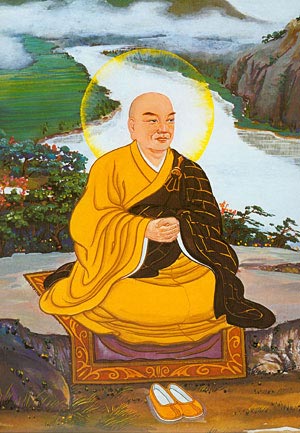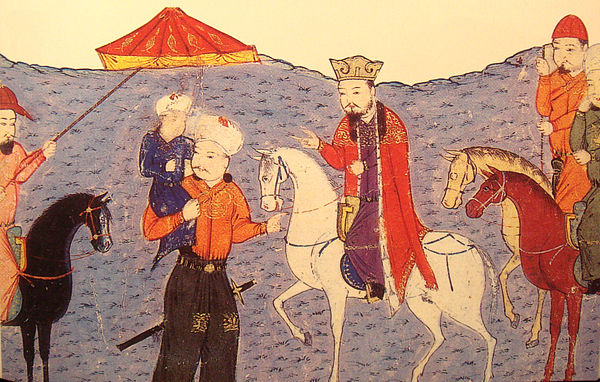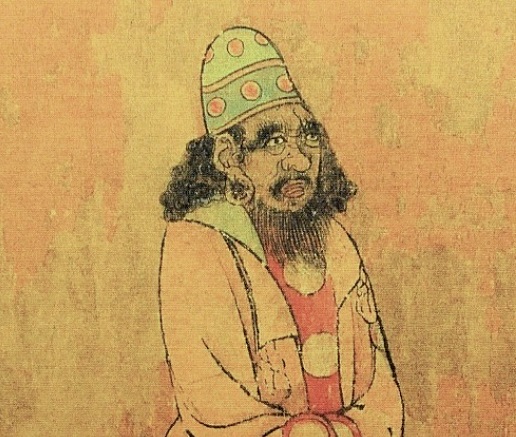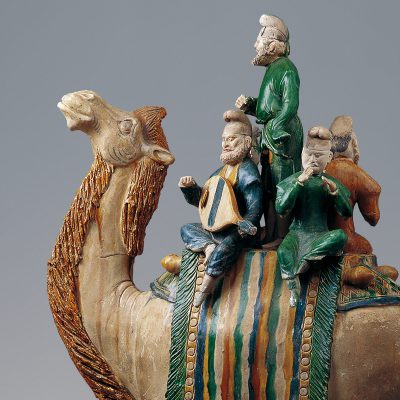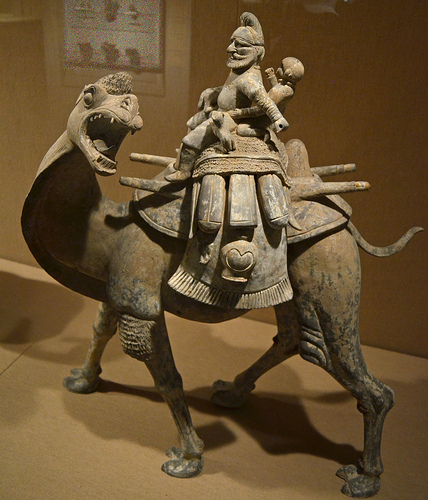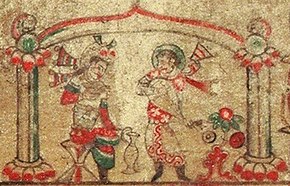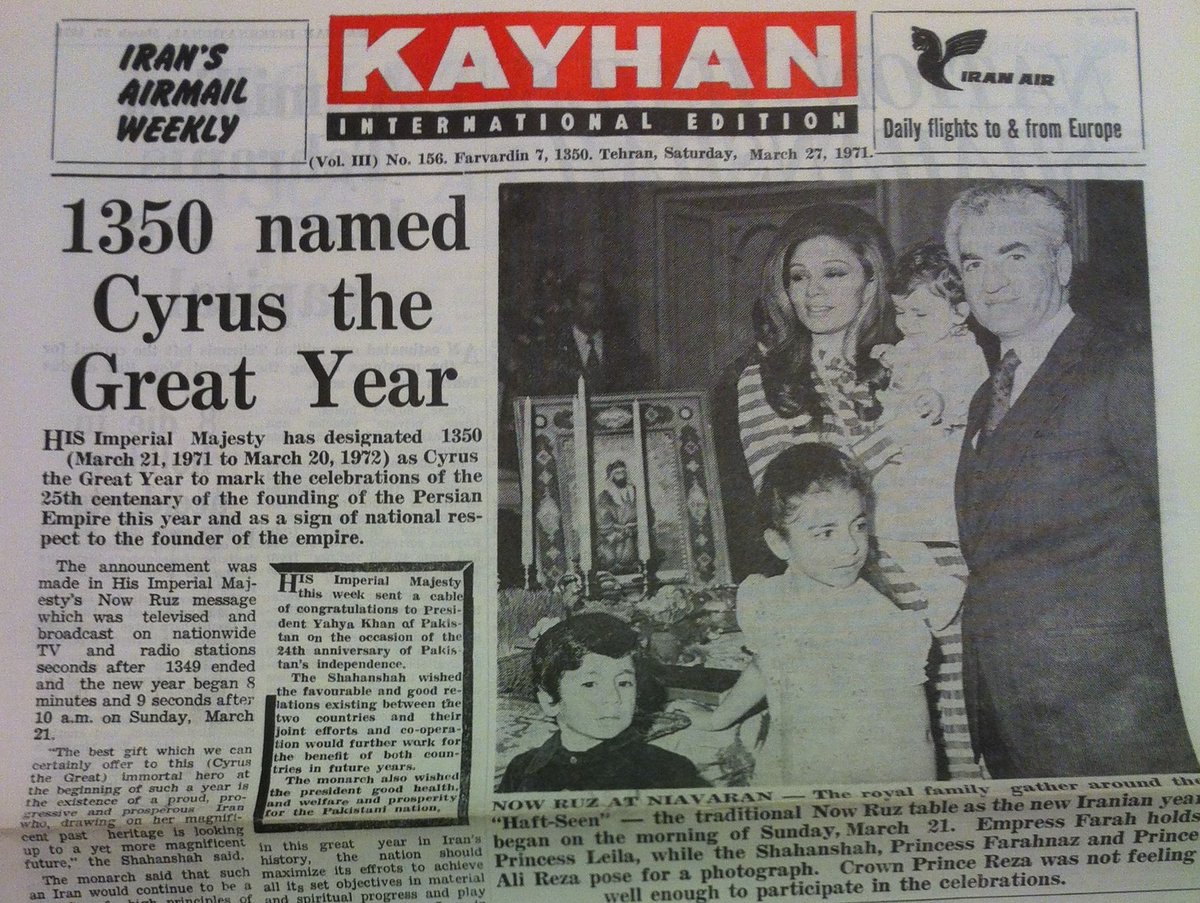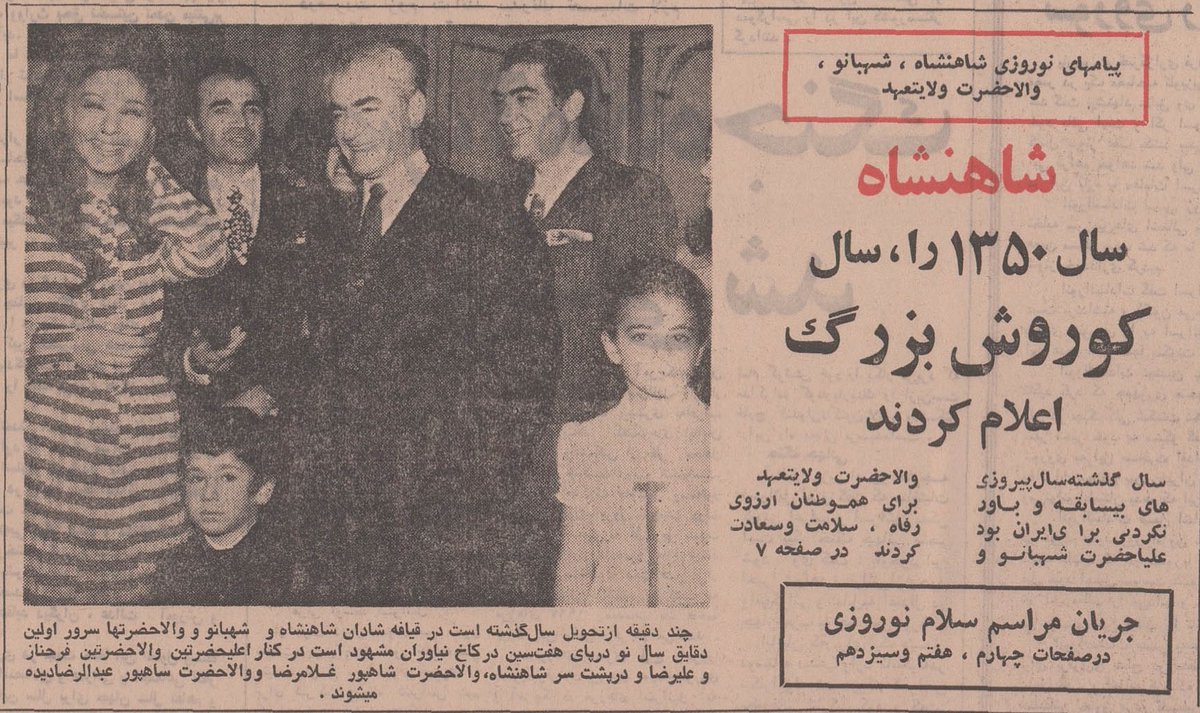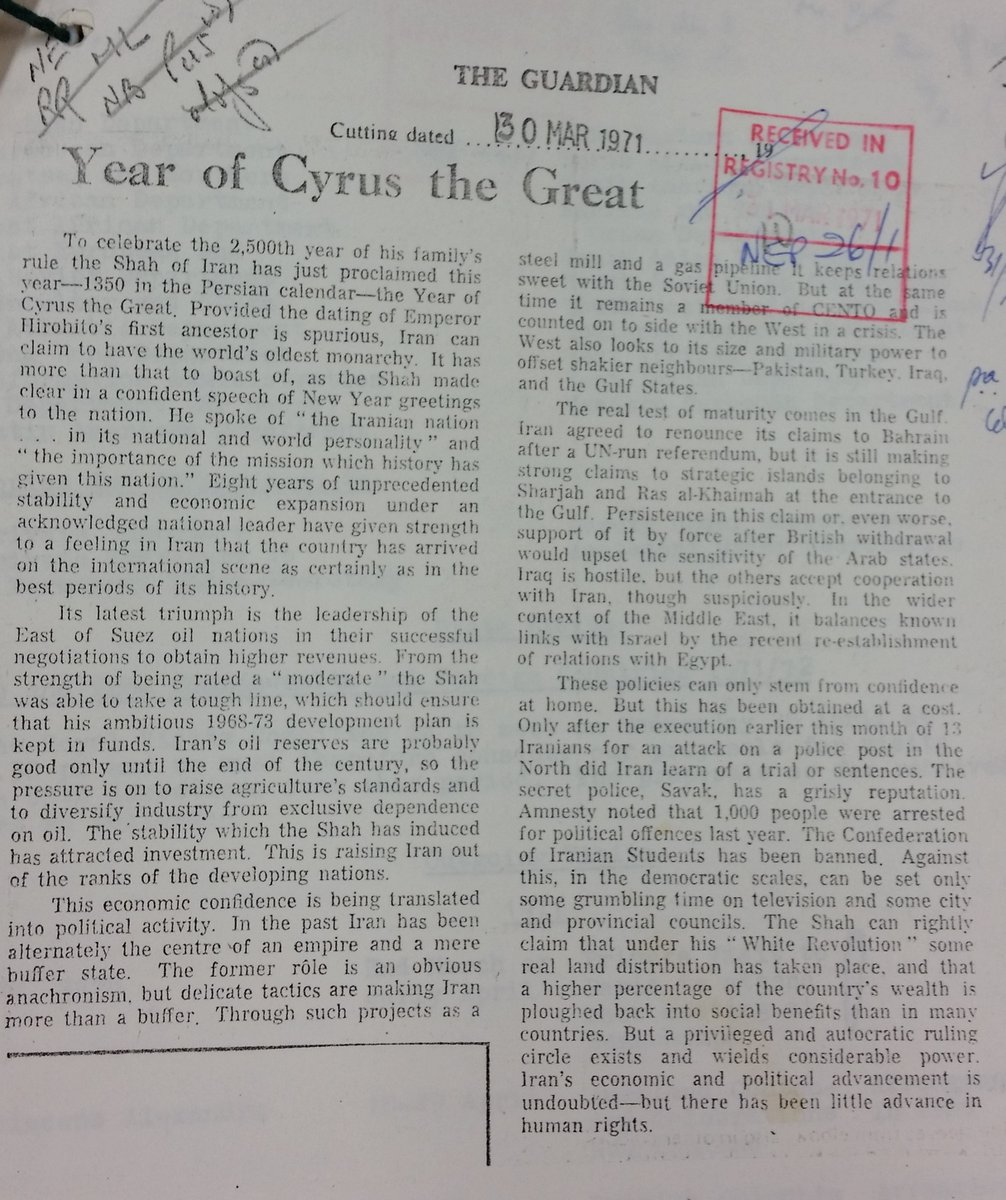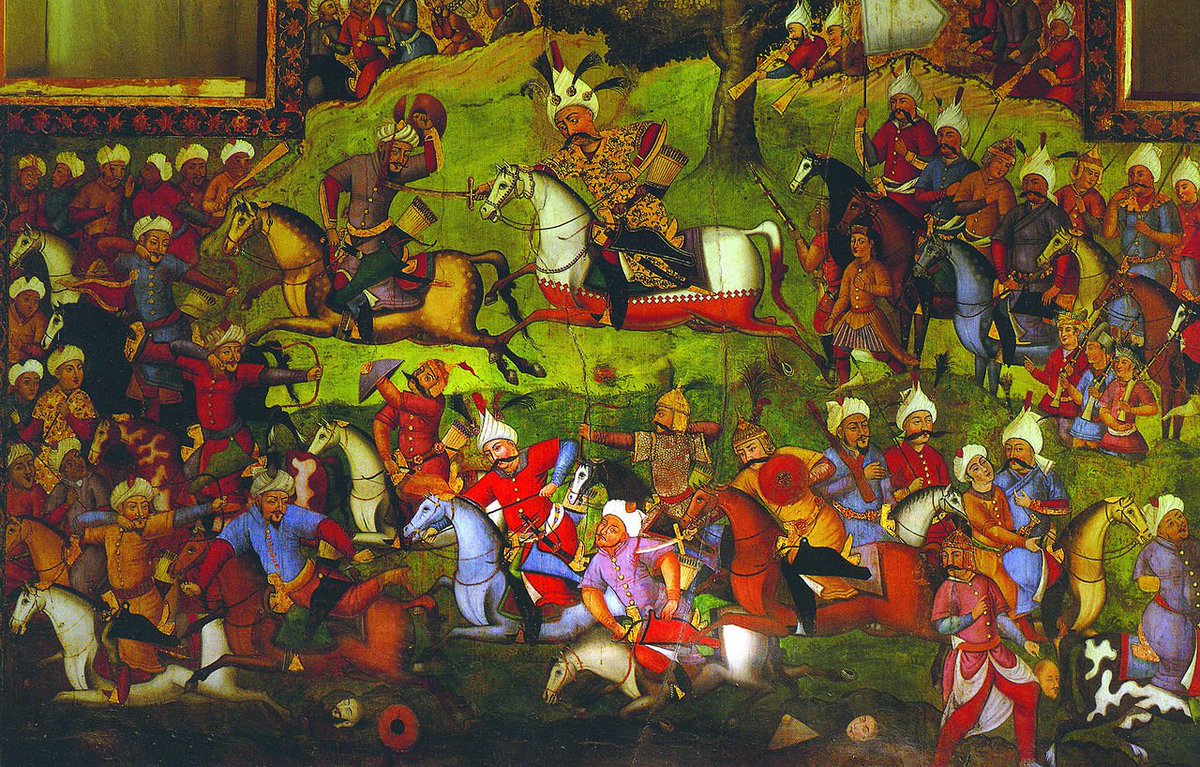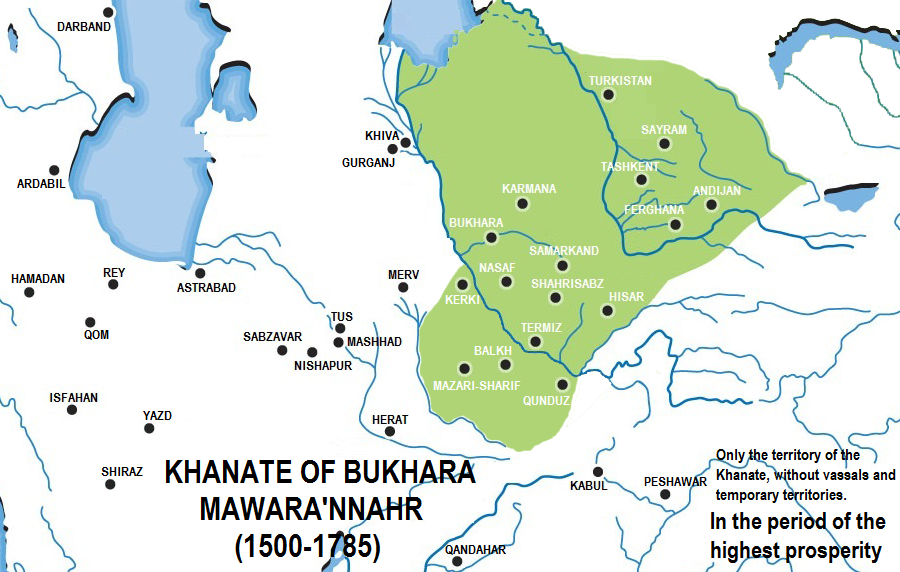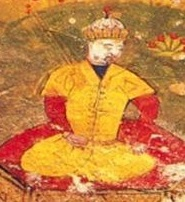
How far back can ties between ancient China and early Iranian societies in Central Asia be traced? 1/
Sino-Iranian relations go back to at least to 126 BCE, when Han diplomat and explorer Zhang Qian traveled to Bactria and Sogdiana.
Image: 8th century, Mogao Caverns
Sino-Iranian relations go back to at least to 126 BCE, when Han diplomat and explorer Zhang Qian traveled to Bactria and Sogdiana.
Image: 8th century, Mogao Caverns

Sogdia and Bactria were Iranian civilizations centered around Samarkand and modern Afghanistan. The overthrow of the Greco-Bactrian state by the 月氏 (Yuèzhī, also called the Tocharians) in 125 CE marks the first historical event noted by both Chinese and European records. 2/ 
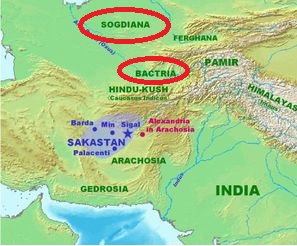
Zhang Qian also brought China knowledge of Parthia, which he called Anxi (安息) after the first Parthian king of the Arsacid dynasty, Aršak. Although he did not directly visit, Qian clearly identifies Parthia as an advanced urban civilization.
(Qian’s route in orange) 3/
(Qian’s route in orange) 3/

史記 Shiji, written 94 BCE, quotes Qian: “The people are settled on the land, cultivating the fields and growing rice and wheat. They also make wine out of grapes. They have walled cities like the people of Dayuan (Ferghana), the region contains several hundred cities...”
4/
4/
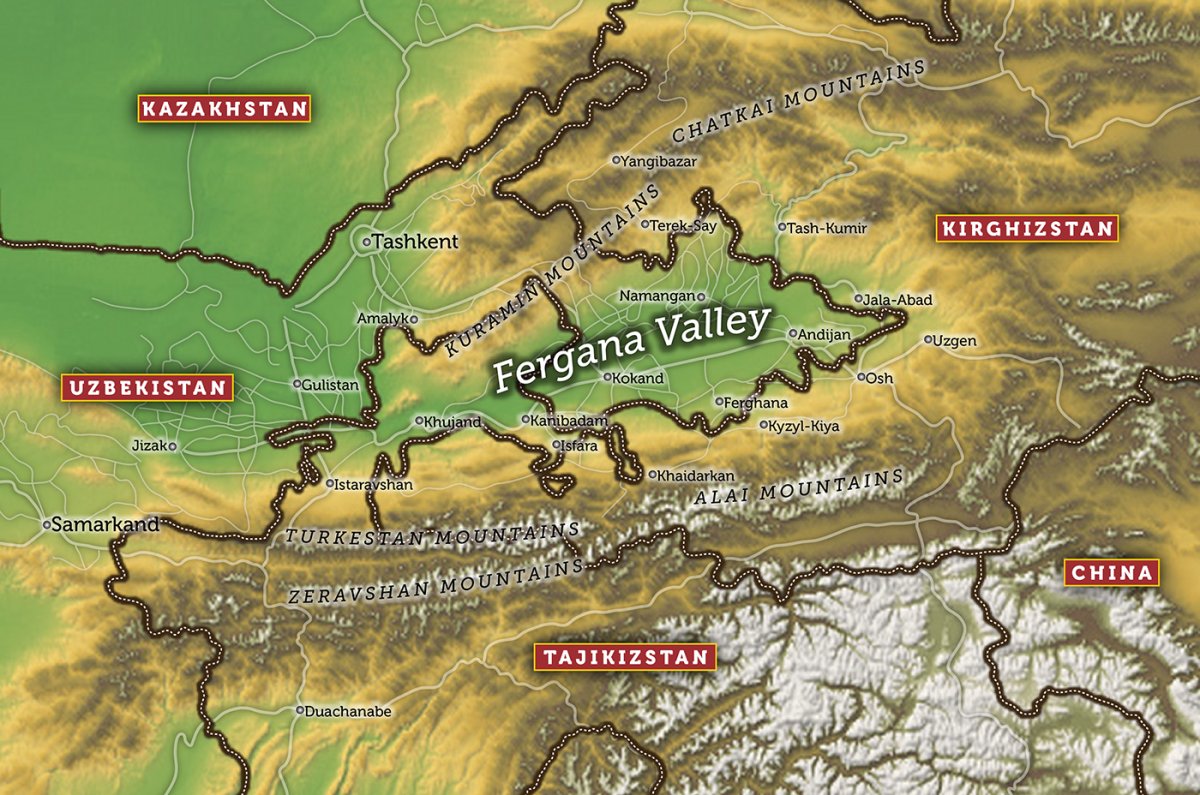
“The coins of the country are made of silver and bear the face of the king. When the king dies, the currency is immediately changed and new coins issued with the face of his successor. The people keep records by writing on horizontal strips of leather...” 5/ 
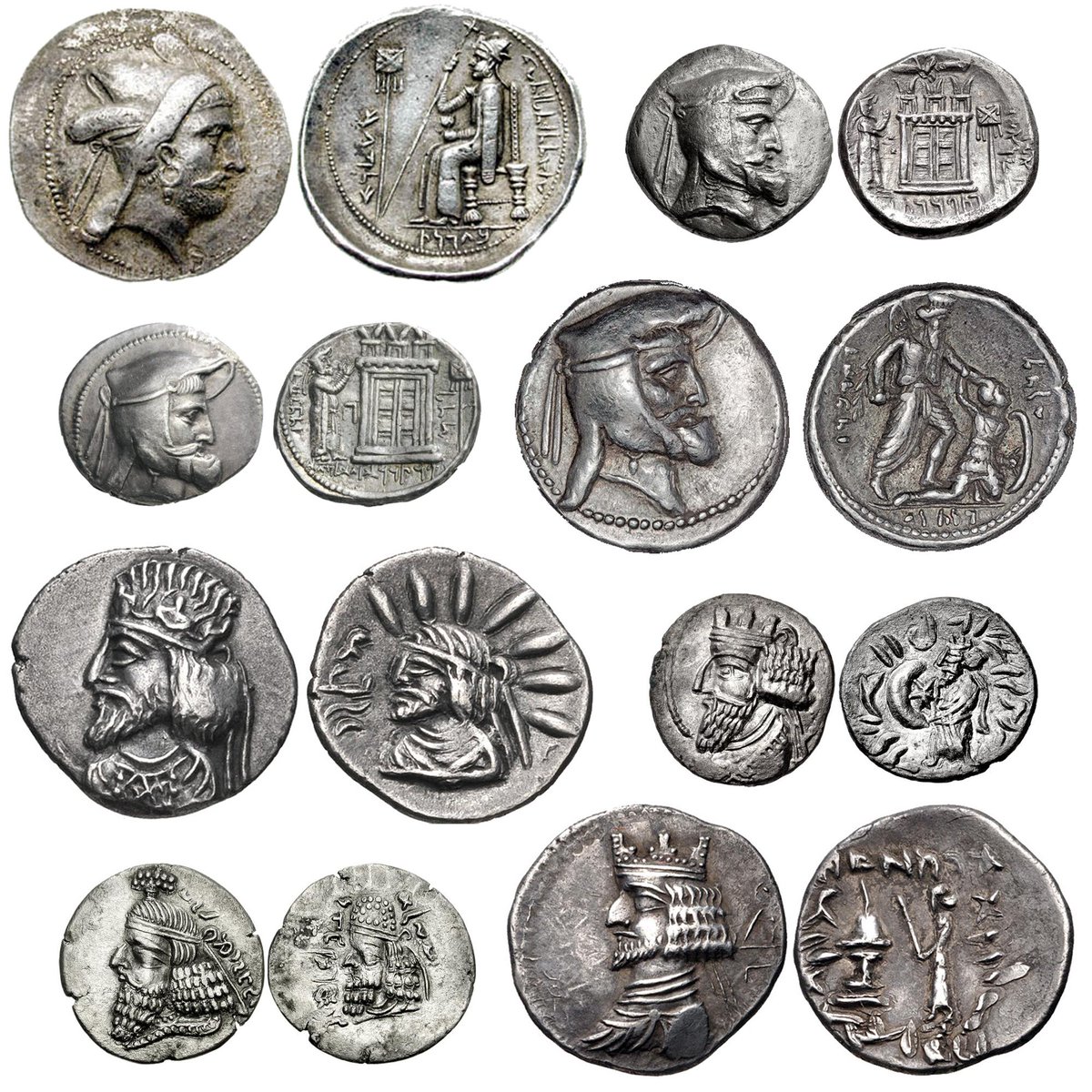
"Anxi is situated several thousand li west of the region of the Great Yuezhi (in Transoxonia)...To the west lies Tiaozi (Mesopotamia) and to the north Yancai and Lixuan (Hyrcania)." (Shiji, 123, trans. Burton Watson)
(Visited countries highlighted in blue)
6/
(Visited countries highlighted in blue)
6/

On Bactria: "When I was in Bactria, I saw bamboo canes from Qiong and cloth made in the (Chinese) province of Shu. When I asked the people how they had gotten such articles, they replied, "Our merchants go buy them in the markets of Shendu (India)." 7/
(img: Bactrian style cap)
(img: Bactrian style cap)

The purpose of Qian's journey was to seek allies against hostile nomads, and upon his return he convinced the Han emperor of the value of increased contacts with these highly urbane and developed civilizations. This helped stimulate the development of early Silk Road trade. 8/ 
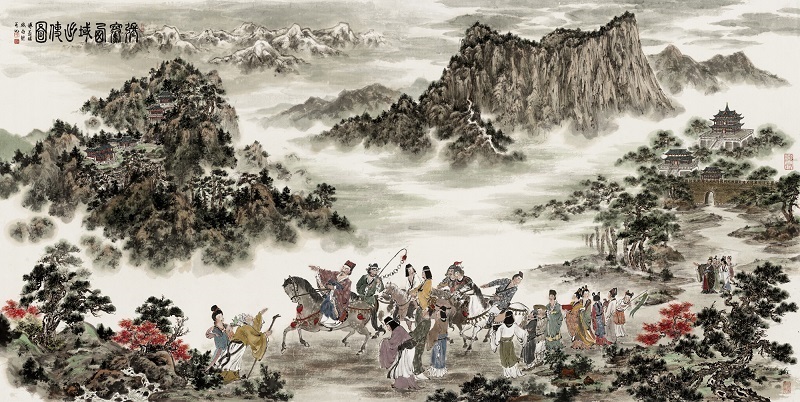
In 漢書: "The Son of Heaven on hearing all this reasoned thus: Ferghana and the possessions of Bactria and Parthia are large countries, full of rare things, with a population living in fixed abodes and given to occupations somewhat identical with those of the Chinese people... 9/ 

…and placing great value on the rich produce of China."
As China expanded into Central Asia and replaced the Xiongnu as regional hegemons by 1st century BCE, they enjoyed close relations with the Iranian states of the Tarim Basin, especially Khotan, Kashgar, and Yarkand. 10/10
As China expanded into Central Asia and replaced the Xiongnu as regional hegemons by 1st century BCE, they enjoyed close relations with the Iranian states of the Tarim Basin, especially Khotan, Kashgar, and Yarkand. 10/10

Next, we will look at China's relationship with the Parthians and other Central Asian states during the Tang Dynasty!
- B.F
• • •
Missing some Tweet in this thread? You can try to
force a refresh



